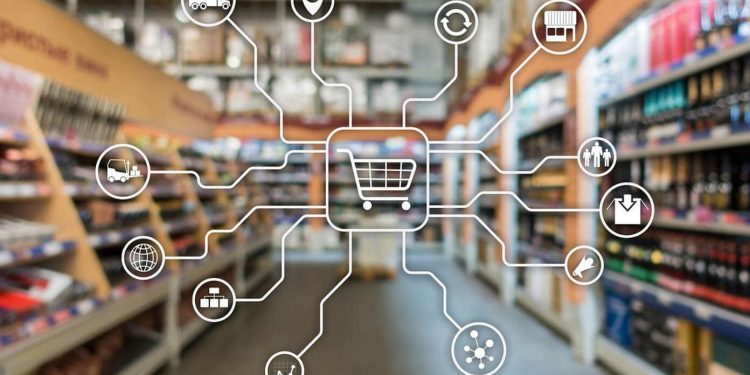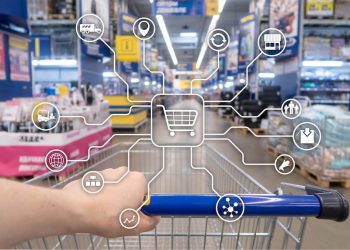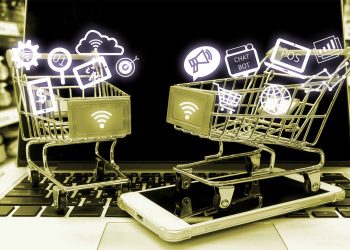The pandemic caused several retailers to temporarily shut down and forced them to face unplanned liquidity and inventory issues. Several retailers were pushed into bankruptcy, and many had to rethink their strategies. Now, as we look to 2021 and beyond, technology will play a major role in helping people thrive and survive. Below are a few of many technology trends that are making a significant impact on the retail sector today.
Growing Social Commerce Trend
As shopping shifted more significantly online during the pandemic, social media platforms, such as – Facebook and Instagram, accelerated the deployment of their shop capabilities. Social shops allow social media users to buy products they see in social ads easily. Businesses can build virtual shelves of their products, link ads to their eCommerce site, and run sales.
There’s a growing trend of brands shifting their marketing spend away from traditional outlets to meet their shoppers where they spend a significant amount of their time – on social media.
Interactive Product Visuals
With the accelerated adoption of digital shopping, the demand for better product visuals has increased. Poor product visuals negatively impact conversion rates and sales. As per statistics, 30% of cart abandonments happen because of poor product description and visuals. 40% of products are returned because they don’t live up to their online portrayals.
Therefore, today’s retailers are going beyond high-resolution images and a 360-degree view of products; they are embracing Augmented Reality and Virtual Reality solutions to offer interactive product visuals. Customers can use AR/VR product visuals to assess products before purchase.
Shopify has recently introduced Shopify AR for businesses that they can use to create AR experiences for customers.
Data and Analytics helping Retail Businesses to Bounce Back
Point-of-sale data helps retailers know what’s selling in stores. The real-time location data helps them to gain the following important knowledge regarding their business and buyers:
- Supply chain
- Demand forecasting space
- Customer insights to predict behavior
- Shopper journeys via cart tracking
With this knowledge, they can make data-driven decisions regarding restocking, staffing, and store design to provide a better customer experience and improve customer safety during the COVID-19 pandemic.
Increased Focus on Security
As retail organizations increasingly move workloads to the cloud, security of data and other elements will be a priority for retail organizations. The rapid expansion of emerging technologies that provide on-demand services and enable new capabilities, can amplify opportunities for complex cyber-attacks.
Therefore, the focus of the retail organizations in 2021 and the coming years will be on comprehensive threat protection that takes into account employees, customers, partners, contractors, applications, and systems.
As cyber-attacks are becoming increasingly sophisticated, it’s time for retail organizations to think beyond the perimeter firewall to secure their systems.
AI-Based Inventory Management Systems
The pairing of AI with inventory control has generated significant benefits for the retail industry. With its ability to understand a multitude of real-time inventory control dynamics – predict scenarios, recommend actions, and even take actions, Artificial Intelligence is helping procurement and warehouse teams better manage the daily tasks of inventory management.
[Also Read: Smart inventory management system – The key to improving business efficiency]
Some ways it can help retail organizations in inventory management are:
- Make recommendations for optimum inventory stock levels.
- Make recommendations for the best ways to move products from the factory to the stores.
- Ordering the correct amount of raw materials to fulfill manufacturing orders.
Wrap Up
There’s no shortage of retail technology trends today, but to effectively figure out what your organization needs the most, it’s important to take an honest look at your operations and know your customers and their needs.







